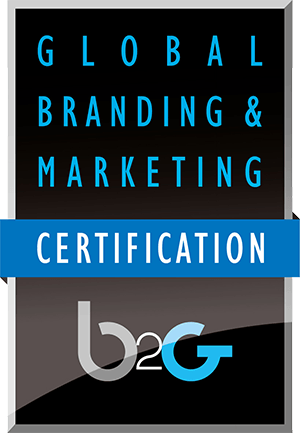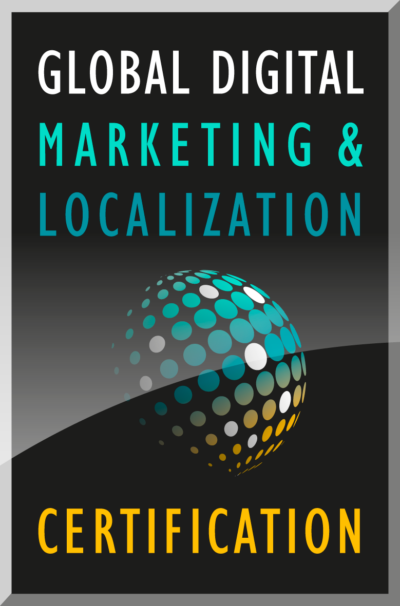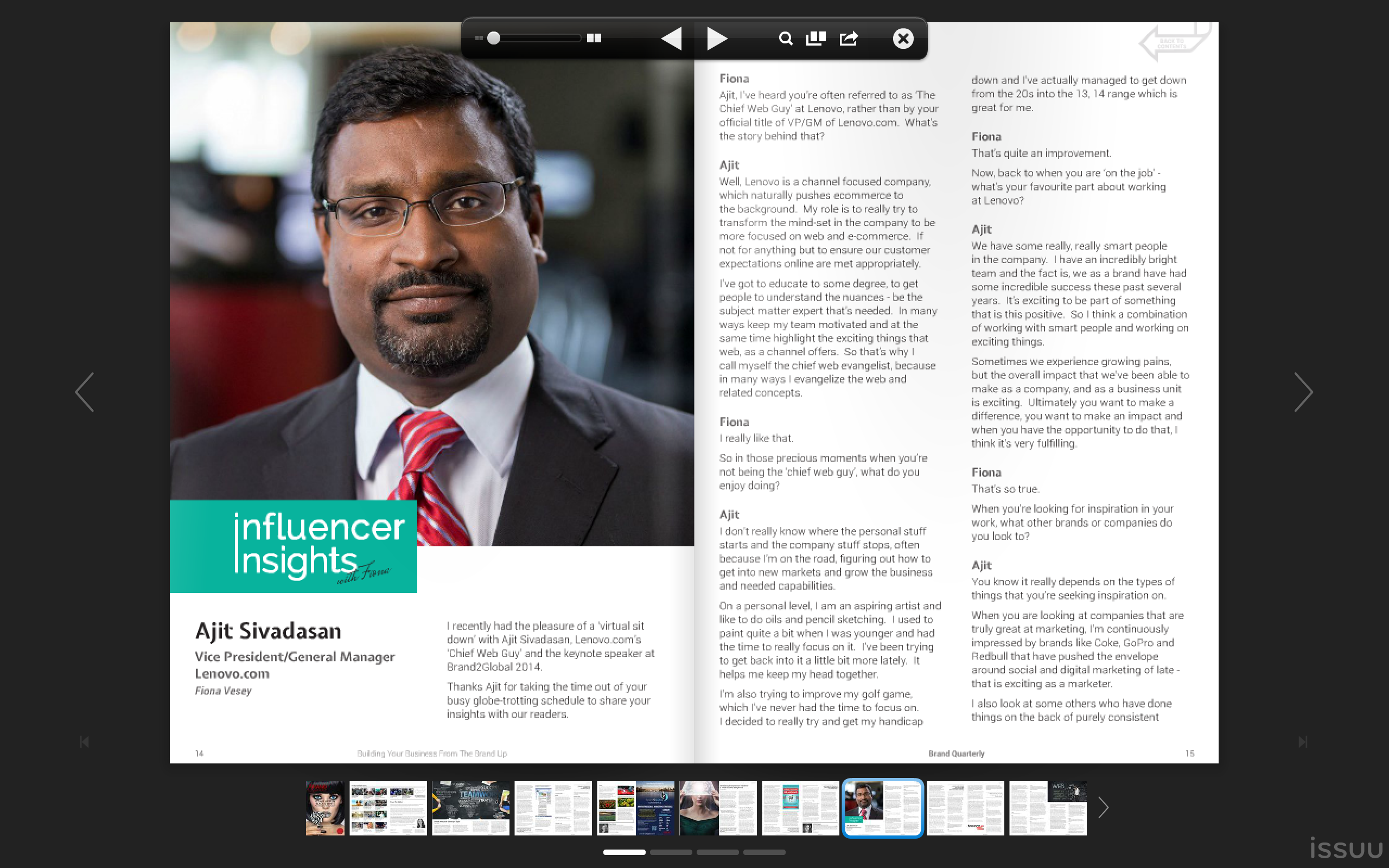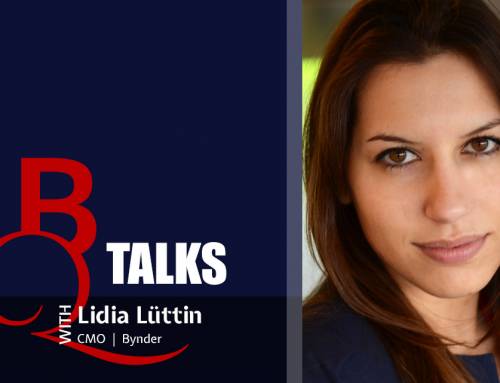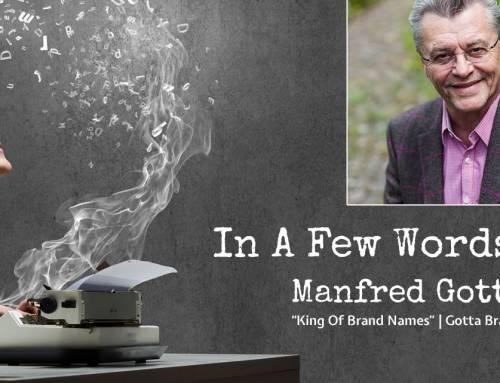This is an excerpt of the full interview between Fiona Vesey and Ajit Sivadasan, VP/GM of Lenovo.com and the Keynote speaker for Brand2Global 2014, published in Brand Quarterly Magazine.
I recently had the pleasure of a ‘virtual sit down’ with the driven, yet humble Vice President / General Manager of Lenovo.com, Ajit Sivadasan. Known by his team as their ‘Chief Web Guy’, Ajit is also the keynote speaker at Brand2Global 2014.
Thanks Ajit for taking the time out of your busy globe-trotting schedule to share your insights with our readers.
…
Fiona
Thinking more about the global nature of Lenovo.com, how do you tailor your web presence to remain engaging, while maintaining a consistent brand image and messaging, when many of your key markets are so different culturally?
Ajit
This is a classic problem that most global companies face. It’s always a question of how much to centralise and how much to decentralise. Everybody has a point of view and companies sometimes centralise too much, sometimes they decentralise too much. Each option has its’ pros and cons.
Lenovo, as a company, believes in a very regionalised decentralised type of model, where people are driving marketing based on whatever is relevant to that market. We also operate in a highly cost competitive environment and sometimes not finding synergies at the top can lead to cost related issues. So it’s a fine balance. You need to figure out the things that you need to control at the top to drive the consistency, so the brand’s key tenants can be accentuated much more effectively.
We are trying to keep the overall brand communication at the top consistent. That means if you are running the Lenovo.com platform you need to make sure your messaging, your overall look and feel, your font, your colour, your designs, your palette are consistent for the media you’re using. Generally you want all of the countries’ pages to look similar, like it’s coming from the same brand. It also helps us drive efficiency because if there’s a version that’s consistent then everybody can use that to drive their regional buyers.
At the demand generation and the go-to-market layers, we’ve got a lot more flexibility for the localisation of the cultural nuances, so that when we are speaking in a country we sound relevant to that market. That’s generally what we do, but it obviously comes with a lot of negotiation and discussion.
Fiona
It’s an on-going process.
Ajit
Yes and it gets even more complicated when you have multiple acquisitions that are significant. Then you have to discuss how you’re going to integrate multiple brands, what’s the sub-brand strategy? What is the product line strategy? Who is the brand that leads in that market? How do you position the products in the market? It’s easier said than done.
It’s fairly complicated, but at least at a strategic level, we decide the things that we want to drive globally – that everybody is going to follow. Then there are going to be some things that will be at the discretion of the local geographies and countries, so they can be effective in their sales and marketing.
Fiona
It’s pretty easy to identify your main competitors in the marketplace, but what type of companies do you see as Lenovo’s biggest indirect competition?
Ajit
Well, Lenovo itself is going through a transition. We have been traditionally a PC focused company. In the last few years we have gone from selling just PCs, to now also selling smart phones and tablets. So that in itself has transformed the competitive landscape from the traditional PC players to the non-traditional PC players – what we call PC Plus – basically Apple, Samsung and some others, who sell that set of products.
I think the bigger competition we see is from people who have different business models. As an example, companies that operate purely on the web or grew up on the web, have a very different type of thinking, a different type of talent, and different ways of doing marketing. Those in many ways, are more challenging to compete with than the traditional businesses because: a) it’s not our core competency, and b) those aren’t things you can just copy, because it takes a cultural transformation to be good at those things and that’s not easy to do.
Fiona
So how would you say this affects your marketing strategy?
Ajit
Well interestingly enough – because we come from a PC based background, we’re very, very low on our marketing spend as you can imagine. Now we’re making this transition from a PC company to a consumer brand, and when you make that transition you come up against companies who spend a lot more money on their marketing. So you get caught in this no-man’s land where you don’t have enough money to market, yet in order for you to make progress you really have to start looking more and more like a consumer brand.
I think it comes down to a couple of things.
One is prioritisation; you really have to prioritise what things you are going to focus on more. In all fairness, Lenovo has done quite well with it’s now patented protect and attack strategy, where we clearly identify which markets and which strategies we will attack on and which parts of the business we’re going to protect. That prioritisation naturally allows us to say ‘hey, we can afford to spend a little bit more money here, but we won’t spend excess money here’.
Second is figuring out how to be innovative in our marketing approach. A head-on strategy is something that we may not find successful. We don’t have the dollars over the web today to compete head-on from a marketing standpoint I don’t think. So we have to out-think the market and really start looking at using non-traditional marketing to build a sustainable relationship with our customers.
…….
You can read the full interview in the Aug 2014 issue of Brand Quarterly Magazine.


